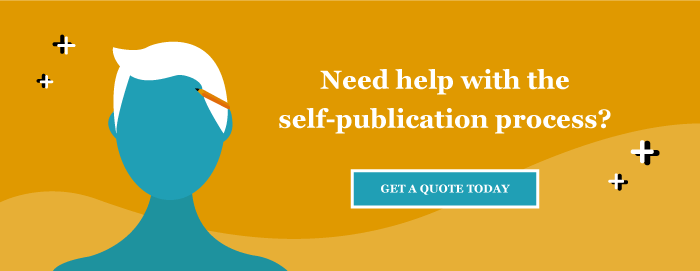Independent, or indie, publishing is the term used to describe the process of bringing a book to publication without going through a traditional publisher. The “indie” reference is also used in other creative fields, such as indie filmmakers and indie musicians. When the indie label is affixed to a literary work, it simply means that the author is going it alone, independently from a traditional publishing house.
So, what would prompt someone to become a published author? Regardless of whether you choose the indie author path or decide to go the traditional route, writing a book is time consuming and very hard work. But as with any other project that you feel passionate about, seeing your book in print is incredibly gratifying.
Writing allows you to share your ideas, storytelling skills, and knowledge with others to hopefully positively impact a reader’s life. Then, of course, there is the prospect of earning money from the sales of your book, which is always a powerful motivator. Both self-publishing and traditional publishing offer authors the possibility of being nicely compensated for their efforts.
What is Indie Publishing?
Initially, indie publishing was the term associated with the small boutique presses, meaning those publishing houses not affiliated with the “Big 5” publishing giants. After the advent of Kindle eBooks, indie publishing took on a whole new identity. This marked the beginning of the indie publisher, meaning the author became the publisher of his or her own books.
Let’s clarify some of the terminologies.
Independent Publishing vs. Self-Publishing
The term “self-publishing” originally referred to something called a vanity press. These were publishing services for people who wanted to publish a book, regardless of its quality, to print a run of copies and distribute the books. There were heavy costs involved in these projects, and authors had to find creative ways to sell their books on their own.
These days, moving beyond the vanity press, the terms indie publishing and self-publishing are used interchangeably. Both refer to the author writing their manuscript and then relying on editing services to help with editing, formatting, book design, and cover art. Some indie authors opt to partner with a self-publishing distribution service to get the book listed onto assorted online bookseller sites. Others pick and choose where they want to distribute the book and do the uploading themselves. Now, when comparing self-publishing versus independent publishing, both terms refer to publishing your book without a traditional publisher in the mix.
Indie Publishing vs. Traditional Publishing
Indie publishing has burgeoned in the last decade, as fewer authors are willing to jump through the hoops encountered during the traditional publishing process. Indie publishing means the author is:
- in control of all aspects of the publication of their book,
- can publish the book immediately after completing it, and
- will retain all rights to the work.
Traditional publishing is the historical process of querying an agent or a small publisher to which you pitch your book, hoping to find representation. The query process alone can take six months to a year before hopefully landing a contract, although the traditional publishing houses tend to accept projects that they believe will generate ample sales through an author’s well-established platform or earlier works. Few first-time authors are offered an advance for their book.
Once a contract is signed, it can still take another six months before the book is on the bookshelf producing income for the author. In this way, it is clear that indie publishing is a much more expedient process.
| Interested in learning more about the difference between indie and traditional publishing? We’ve got you covered with an in-depth guide on self-publishing vs. traditional publishing. |
|---|
How Much Money Do Indie Authors Make?
It is always a good idea to be realistic when beginning an indie book project. Many aspiring authors hear the stories of blockbuster-selling authors like J.K. Rowling and mistakenly believe that self-publishing puts them on the road to riches. Not so fast!
While true that some indie authors have struck it rich, their experiences are the exception. Without a traditional publishing house taking care of the book promoting and getting the book placed on the shelves at bookstores and libraries for them, the indie author must be prepared to do the heavy lifting. This means driving traffic to your book through advertising and promotions. Without making this ongoing marketing effort, your book will sink into the online abyss. However, if you are willing to run ad campaigns, you’ll have a good chance of connecting readers with your book and making sales.
The royalties paid per unit sold are much higher for the indie author, with average royalties at 40%–60% of the retail price compared to only about 10% through a traditional publisher. On a $15 book, after accounting for the printing costs, this equates to royalties of about $5 per book sold for an indie author versus about $1 per book for the traditionally published author.
To increase indie income, consider penning a book series where you will introduce a new title every six months. Book series sales cross-pollinate, meaning someone who buys one of your books will very likely purchase subsequent entries.
Taking the Indie Self-Publishing Path
While indie authors choose an independent path to publication, that doesn’t mean these writers won’t need to rely on expert editing services. After all, if you want your book to compare favorably with a traditionally published book, you must produce a high-quality product. Gatekeeper Press provides a wide range of services to help polish your manuscript for publication. Give them a call at (866) 535-0913 or visit them online to get started today!


